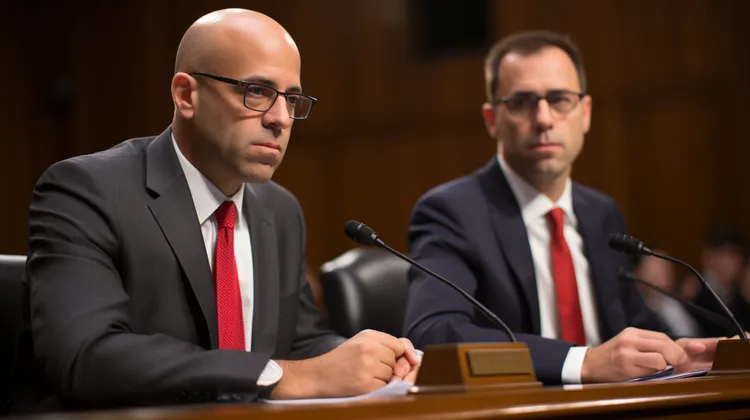In the ongoing legal battle between Ripple Labs and the U.S. Securities and Exchange Commission (SEC), the arguments put forth by both sides have been closely scrutinized. One particular argument made by the SEC has drawn significant criticism from the pro-XRP camp. A lawyer supporting Ripple, Jeremy Hogan, has labeled it as the regulator’s “dumbest argument.”
The crux of the SEC’s argument lies in the claim that XRP, the digital asset created by Ripple, should be classified as a security. This classification would subject Ripple to strict regulations and potentially undermine its value and usability. Hogan points out that this argument is fundamentally flawed and lacks any solid legal foundation.
One of the main criticisms of the SEC’s argument is rooted in its timing. The agency has allowed Ripple to operate for nearly a decade before taking legal action. This delay, coupled with the fact that XRP was freely traded on numerous cryptocurrency exchanges, undermines the argument that it should now be treated as a security. Hogan asserts that the SEC’s failure to take action sooner weakens its case and exposes its lack of consistency in regulatory enforcement.
Another aspect of the SEC’s argument that has come under fire is its focus on Ripple’s alleged control and manipulation of XRP. The SEC claims that Ripple’s actions have influenced the price and demand for XRP, suggesting that it should be considered a security due to these centralized efforts. Hogan argues that this line of reasoning fails to recognize the decentralized nature of the blockchain technology underlying XRP.
Hogan criticizes the SEC’s assertion that Ripple created XRP to finance its operations. He highlights that there is no concrete evidence to support this claim, noting that the majority of XRP tokens were sold to third-party investors, not primarily to fund Ripple’s operations. Hogan argues that this fact undermines the SEC’s argument that XRP is a security issued to raise funds.
The lawyer contends that the SEC’s classification of XRP as a security would have far-reaching implications for the entire crypto industry. A ruling in favor of the SEC could potentially open the floodgates for similar lawsuits against other cryptocurrency projects, stifling innovation and inhibiting the development of the burgeoning blockchain industry. This, Hogan asserts, is not only detrimental to Ripple but to the broader crypto ecosystem as a whole.
Hogan also takes aim at the SEC’s interpretation of the Howey Test, a legal framework used to determine whether an asset qualifies as a security. He argues that the SEC’s stance is overly broad and fails to consider the unique characteristics of XRP. By applying a one-size-fits-all approach to cryptocurrencies, Hogan suggests that the SEC is neglecting the intricacies and differences among various digital assets.
In light of these criticisms, Hogan proposes that the SEC’s arguments demonstrate a lack of understanding of the technology and its potential applications. He asserts that the regulator’s “dumbest argument” ultimately stems from an outdated and rigid perspective on the crypto space, failing to recognize the transformative potential of blockchain technology.
As the Ripple v. SEC saga continues, the outcome of this legal battle will have far-reaching implications for the entire cryptocurrency industry. It remains to be seen how the court will weigh the arguments put forth by both sides, but skeptics of the SEC’s stance, like Hogan, believe that the regulator’s classification of XRP as a security rests on shaky ground. This case highlights the urgent need for clear and fair regulations that foster innovation rather than stifling it.



